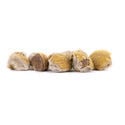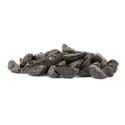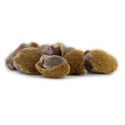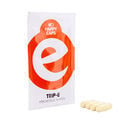-
Seed Shop
-
Feminized
Cannabis seeds -
Autoflowering
Cannabis Seeds -
Regular
Cannabis Seeds -
F1 Hybrid
Cannabis Seeds -
CBD
Cannabis Seeds -
Zamnesia
Cannabis Seeds
-
Top 10’s
- Top 10 Feminized Seeds
- Top 10 Autoflowering Seeds
- Top 10 Regular Seeds
- Top 10 USA Cannabis Strains
- Top 10 Zamnesia Seeds
-
Favourites
- Beginner Strains
- Below 1% THC
- Classic Cannabis Strains
- Cup Winners
- F1 Hybrids
- Fast-Flowering Strains
- High CBD Strains
- High THC Strains
- Mix Packs
- Zamnesia Exclusive Collabs
-
-
Headshop
-
Vaporshop
- Spare Parts & Accessories
- AirVape X
- AirVape XS GO (2021)
- Arizer Air MAX
- Arizer Extreme Q
- Arizer Solo 2
- Arizer V-Tower
- Arizer XQ2
- Boundless CFC 2.0 Vaporizer
- Boundless CFX
- Boundless TERA (V3)
- CRAFTY+
- DaVinci IQ2
- DaVinci IQC
- DaVinci MIQRO
- Dr. Dabber Boost EVO
- Dr. Dabber Stella
- DynaVap Omni 2021
- DynaVap VapCap "M" PLUS 2023
- DynaVap VapCap 'M' 2021
- DynaVap VonG (i) Titanium
- Dynavap The "B" Series
- Eagle Bill
- Firefly 2+
- Flowermate Aura
-
Healthshop
-
Smartshop
-
Shroomshop
-
Growshop
-
Seed Shop
All CategoriesSeed Shop
- Autoflowering Cannabis Seeds
- Feminized Cannabis Seeds
- Zamnesia Seeds
- Zamnesia's Top 10
- CBD Seeds
- F1 Hybrids
- Seed Banks
- Mix Packs
-
Popular Strain Types
- Zamnesia Exclusive Collabs
- Classic Cannabis Strains
- Amnesia Seeds
- Haze Seeds
- Skunk Seeds
- Kush Seeds
- Purple Seeds
- Blueberry Seeds
- Cheese Seeds
- Diesel Seeds
- White Widow Seeds
- Gorilla Seeds
- Northern Lights Seeds
- Granddaddy Purple Seeds
- OG Kush Seeds
- Blue Dream Seeds
- Lemon Haze Seeds
- Bruce Banner Seeds
- Gelato Seeds
- Sour Diesel Seeds
- Jack Herer Seeds
- Girl Scout Cookies Seeds (GSC)
- Wedding Cake Seeds
- Zkittlez Seeds
- Pineapple Express Seeds
- Chemdawg Seeds
- Hindu Kush Seeds
- Mimosa Seeds
- Cup Winners
- F1 Hybrids
- Mix Packs
- Beginner Strains
- High THC Strains
- Fast-Flowering Strains
- Regular Cannabis Seeds
- USA Cannabis Strains
- Cup Winners
- Seedfinder
-
Vaporshop
All CategoriesVaporshop
- Top 10 Vaporizers
- Spare Parts & Accessories
- AirVape X
- AirVape XS GO (2021)
- Arizer Air MAX
- Arizer Extreme Q
- Arizer Solo 2
- Arizer V-Tower
- Arizer XQ2
- Boundless CFC 2.0 Vaporizer
- Boundless CFX
- Boundless TERA (V3)
- CRAFTY+
- DaVinci IQ2
- DaVinci IQC
- DaVinci MIQRO
- Dr. Dabber Boost EVO
- Dr. Dabber Stella
- DynaVap Omni 2021
- DynaVap VapCap "M" PLUS 2023
- DynaVap VapCap 'M' 2021
- DynaVap VonG (i) Titanium
- Dynavap The "B" Series
- Eagle Bill
- Firefly 2+
- Flowermate Aura
- Flowermate Cap Pro
- Flowermate Slick
- Flowermate V5.0S Pro
- G Pen Connect
- G Pen Elite II
- G Pen Micro+
- G Pen Pro
- G Pen Roam
- Hydrology9 Vaporizer
- Hyer Big-E Rig
- MIGHTY
- MIGHTY+
- PAX Mini
- PAX Plus
- PLENTY
- Pax 3 Vaporizer
- Puffco Peak PRO Smart Rig
- Puffco Peak Smart Rig
- Puffco Plus
- Storm Vaporizer
- The Proxy (Puffco)
- VOLCANO CLASSIC
- VOLCANO HYBRID
- Vape-Lifter
-
Smartshop
All CategoriesSmartshop
- Top 10 Smartshop
- Zamnesia Gift Cards
- After Party
- Aphrodisiacs
- Aromatherapy
- Blue Lotus
- CBD Vape Juice
- Capsule Machines
- Crystals, Gemstones & Minerals
- Dream Herbs
- Drug Tests
- Extracts
- Happy Caps
- Herbal Tea
- Herbs & Seeds
- Incense
- Kanna
- Kratom
- LSA Seeds
- Mescaline Cacti
- Microdosing
- Nootropics
- Relaxing
- Salvia divinorum
- Smart Seeds
- Stimulants
- Supplements
- Tinctures
- Vape Herbs
-
TRIBE
All CategoriesTRIBE
- My Membership
- Spend Gift Points
- TRIBE Sale
- Exclusive products
- Earn Extra Gift Points
-
TRIBE
- Early Access
- Refer a Friend
- Information
-
TRIBE
-
Language
 United States
United States
Wednesday, 09 July and Tuesday, 15 July 2025*
LSA: Everything you need to know

LSA, or lysergic acid amide, is a naturally occurring psychedelic found in plants like morning glory and Hawaiian baby woodrose. Similar in structure to LSD, it offers a more introspective, physical, and often unpredictable experience. Discover its traditional use, effects, risks, and how it compares to LSD.
Lysergic acid amide (LSA) is a naturally occurring psychedelic compound found in several plants. Although it is less well-known than LSD, LSA has long been used in certain cultures and traditions.
Its unique effects and traditional significance offer an intriguing alternative to better-known psychedelics. In this article, we will explore the history, effects, safety, and legal status of LSA to help you better understand this fascinating compound.
What is LSA (lysergic acid amide)?
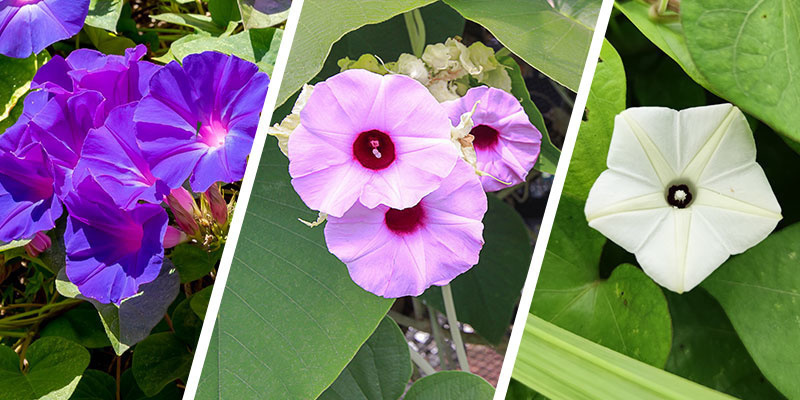
Structurally similar to LSD, LSA belongs to a family of compounds known as ergolines, which interact with the body, influencing mood, perception, and cognition.
Several plants naturally contain LSA, most notably:
- Morning glory (Ipomoea tricolor)
- Hawaiian baby woodrose (Argyreia nervosa)
- Rivea corymbosa (also known as Ololiuqui)
These plants have been used not only for their psychoactive properties but also in traditional indigenous practices. When consumed, LSA binds primarily to 5-HT2A receptors in the brain, similar to other classic psychedelics. This results in changes in perception, thought patterns, and emotional states.
History and traditional use of LSA
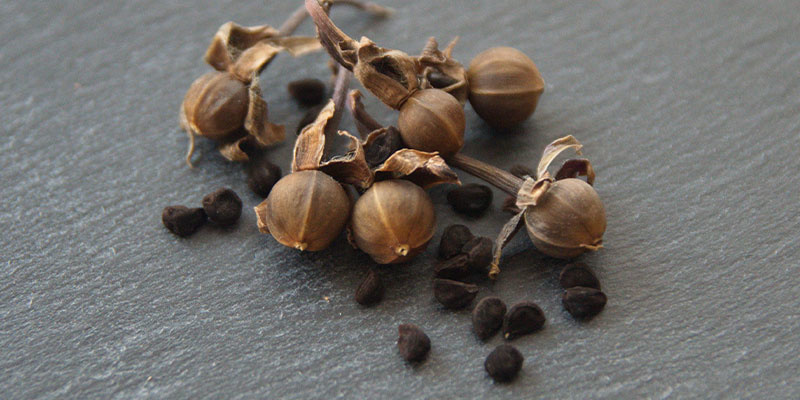
LSA-containing seeds have a rich history of traditional use among indigenous peoples of Central and South America. The Aztecs and Zapotecs used Rivea corymbosa seeds in religious and spiritual ceremonies, referring to them as "Ololiuqui", meaning "round thing" in the Nahuatl language.
The seeds were often ground into a powder and consumed in rituals to induce visionary states, gain divine insight, address communal concerns, or guide healing practices. Spanish missionaries documented the ceremonial use of these seeds in the 16th century, often describing profound visionary experiences and noting their widespread use among different indigenous groups.
Early Western research into LSA's effects began in the 20th century when scientists isolated the active compounds and studied their potential applications in psychiatry and psychopharmacology. Researchers such as Albert Hofmann, who discovered LSD, studied LSA's effects and noted its similarities and differences to other psychedelics.
How LSA works: Mechanism of action
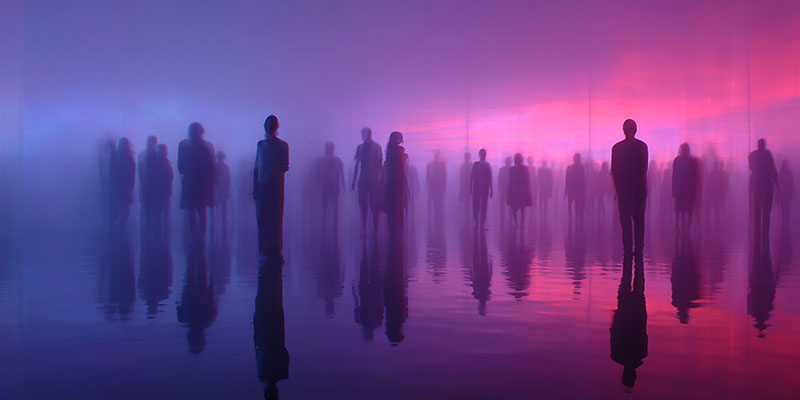
As briefly mentioned, LSA primarily acts as a partial agonist at serotonin (5-HT2A) receptors, much like LSD and psilocybin. This interaction alters normal serotonin transmission, leading to hallucinations, shifts in thought patterns, and altered sensory perception. Serotonin is crucial in regulating mood, cognition, and perception, so by influencing this system, LSA can create profound changes in consciousness.
Effects and side effects of LSA
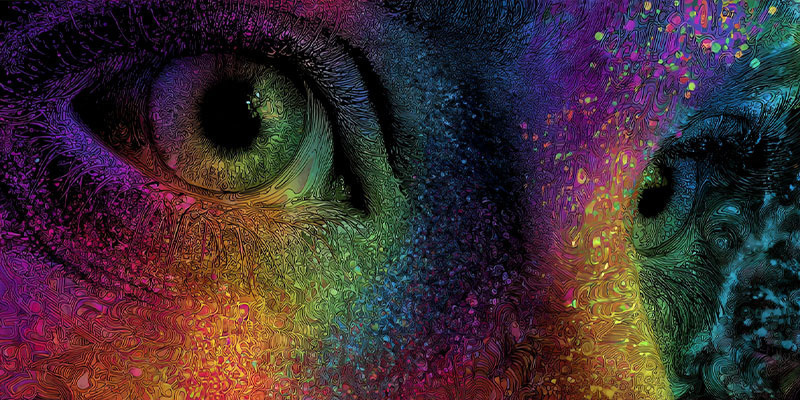
Using LSA can result in a wide range of effects, both positive and negative. Experiences vary depending on the individual, the dose, and the setting. Of course, preparation, mindset, and environment significantly influence the overall outcome of the experience as well.
Potential benefits
The effects of LSA are often described as dreamlike and introspective. Some reported benefits include:
- Enhanced appreciation for music, nature, and art
- Profound personal and spiritual insights
- Altered perception of time and space
- Euphoria and emotional release
- Deep emotional catharsis and self-understanding
- Potential to break free from entrenched thought patterns
Unlike LSD, LSA trips are usually heavier and less energetic, making the experience feel gentler and more grounding.
Many users report that LSA experiences are less visual and more focused on emotions and internal dialogue.
While visual hallucinations can occur, they tend to be less colourful and elaborate compared to LSD visuals. Instead, subtle distortions of space and objects, along with a dreamy, almost mythical atmosphere, are more common.
Potential risks and side effects

Despite its potential benefits, LSA is not without risks. Common side effects include:
- Nausea and vomiting, especially when seeds are ingested
- Muscle cramps and physical discomfort
- Confusion and anxiety
- Vasoconstriction (narrowing of blood vessels), leading to numbness or tingling in the extremities
- Difficulty moving or heavy bodily sensations
- Headaches and digestive upset
In some cases, LSA can exacerbate underlying mental health conditions such as anxiety or psychosis. Careful consideration and preparation are essential to reduce the likelihood of negative experiences.
Users sometimes report feeling "stuck" or unable to move during the peak of the trip, which can be disorienting and frightening without proper mental preparation. Having a sober sitter present can be helpful in ensuring safety.
Dosage guide
Dosing LSA is tricky as seed potency can vary widely. However, here are some general guidelines:
- Light dose: 3–5 Hawaiian baby woodrose seeds or 50–100 morning glory seeds
- Moderate dose: 5–8 Hawaiian baby woodrose seeds or 100–200 morning glory seeds
- Heavy dose: 8–12+ Hawaiian baby woodrose seeds or 200–400 morning glory seeds
It is recommended to start with a low dose and work up gradually over time to understand your personal sensitivity. Some members of the community find that extracting LSA, rather than eating the seeds directly, can reduce nausea.
Different preparation methods can significantly impact the experience. Some users perform a cold water extraction to isolate the psychoactive compounds while leaving behind many of the nauseating plant materials. This method involves soaking crushed seeds in cold water for several hours then drinking the resulting liquid.
LSA vs LSD: Key differences
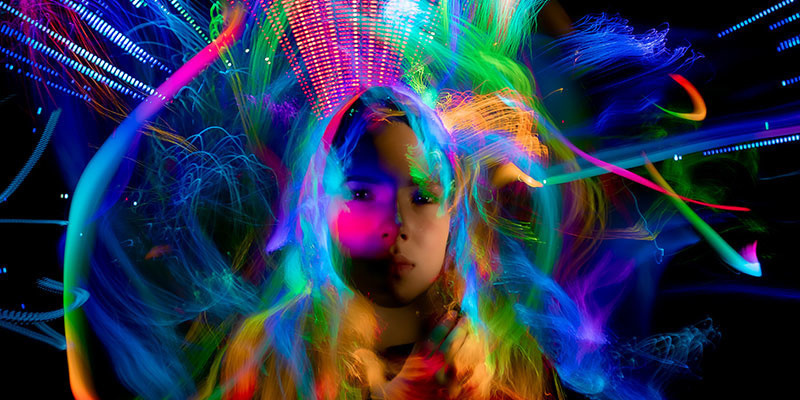
Despite the structural similarities between LSA and LSD, the two substances produce different subjective effects. LSA tends to cause more introspective, soporific outcomes with a pronounced physical heaviness, compared to the energetic and vivid nature of an LSD trip.
Many LSA users report a stronger sense of connection to internal thoughts and emotions, making it more suitable for self-reflection rather than active social engagement. LSA's vasoconstrictive properties also distinguish it from LSD—sometimes leading to uncomfortable physical sensations such as muscle tightness or cold extremities. Potential users should keep this in mind before ingesting LSA.
Here’s how the two psychedelic plant compounds differ:
- Chemical structure: LSA and LSD are both ergoline alkaloids but differ slightly in their molecular structure, contributing to their unique effects.
- Effects: LSD tends to produce vivid, colourful visuals, energy, and euphoria, whereas LSA is more soporific, emotional, and internal.
- Potency and duration: LSD is far more potent, with active doses starting around 100 micrograms. In order to trip on LSA, you’d need to consume several seeds, and the experience is still likely to be much milder. LSD trips last 8–12 hours, while LSA trips typically last 6–10 hours—though this can vary based on dosage and individual sensitivity.
- Safety: Both compounds have low toxicity, but LSA's vasoconstrictive effects and pronounced physical reactions may pose more discomfort.
Many misconceptions exist, including the belief that eating any amount of LSA seeds will produce a “clean”, LSD-like experience. In reality, LSA may result in a foggier, sleepier mental state that makes complex thinking and social interaction more difficult.
Legal status of LSA
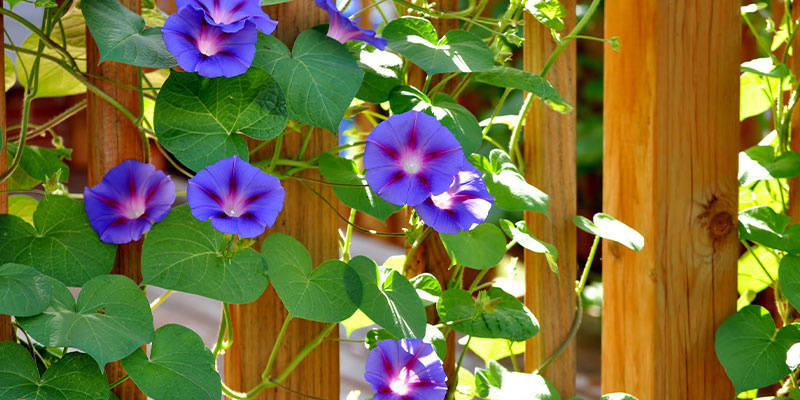
The legal status of LSA is complex and varies by country. In many places, seeds containing LSA (such as morning glory and Hawaiian baby woodrose) are legal to purchase and possess. However, extracting LSA or consuming it for its psychoactive effects can be illegal.
Here’s the legal status of LSA in several areas around the globe:
- United States: Seeds are legal, but extraction or preparation for human consumption may be prosecuted.
- United Kingdom: Seeds are generally legal to own, but preparing or consuming them for their psychoactive effects could fall under the Psychoactive Substances Act.
- Australia: Morning glory and Hawaiian baby woodrose are controlled in some states.
- Europe: Varies by country. In some places, seed sales are legal provided there’s no explicit mention of their psychoactive use.
Some online shops label seeds as "not for human consumption" to comply with regulations, even if buyers are aware of their potential uses.
It is essential to remain aware of the laws surrounding both the possession and use of psychoactive substances in your region, as legal consequences can be severe even for plant-based compounds.
LSA: Is it worth the experience?
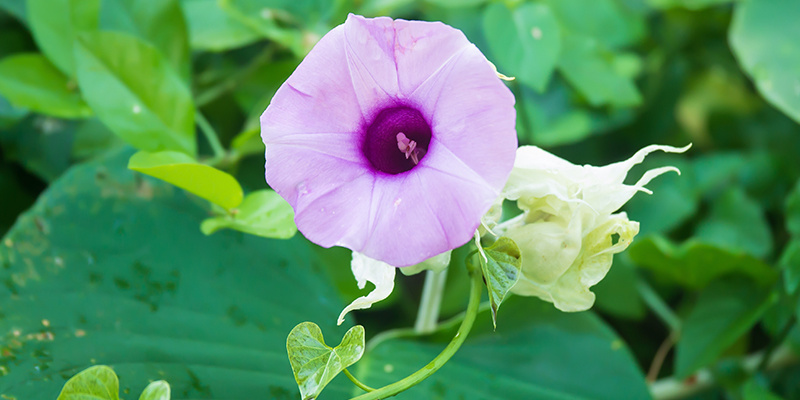
LSA offers a complex and often unpredictable psychedelic experience. While some people value its introspective qualities and natural origins, others find the physical side effects too unpleasant.
If you are considering trying LSA, it is important to:
- Start with a low dose
- Be aware of the potential for nausea and physical discomfort
- Choose a safe and comfortable setting
- Have a trusted, sober friend nearby if possible
- Research the legal risks in your area
For those seeking deep introspection, a connection to ancient traditions, or who want to experiment with a novel psychedelic, LSA can offer an interesting trip. However, for those hoping for a recreational, energetic high similar to LSD, LSA may not meet expectations. Responsible use, preparation, and a clear understanding of what to expect can greatly influence the overall experience.

- France
- Germany
- International
- Italy
- Netherlands
- Spain
- United Kingdom
- United States
LSA seeds
-
£5.99
-
+3 Extra Gift Points
-
+5 Extra Gift Points
-
£9.49 £7.12
You might also like
-

 3 min
3 April 2023
All You Need To Know About Microdosing LSA
As a naturally occurring psychedelic substance in some plants, LSA has long been favoured for its potent effects that are often likened to those of LSD. However, while trips are one thing, many are tu ...
3 min
3 April 2023
All You Need To Know About Microdosing LSA
As a naturally occurring psychedelic substance in some plants, LSA has long been favoured for its potent effects that are often likened to those of LSD. However, while trips are one thing, many are tu ...
-

 4 min
24 September 2019
How to Extract LSA From Morning Glory Seeds & Hawaiian Baby Woodrose Seeds
Morning glory seeds and Hawaiian baby woodrose seeds are potent natural sources of the psychoactive substance LSA. Here is how to extract LSA from the seeds of the plants. ...
4 min
24 September 2019
How to Extract LSA From Morning Glory Seeds & Hawaiian Baby Woodrose Seeds
Morning glory seeds and Hawaiian baby woodrose seeds are potent natural sources of the psychoactive substance LSA. Here is how to extract LSA from the seeds of the plants. ...
-
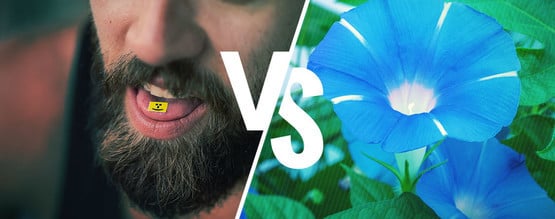
 2 min
2 August 2019
LSD vs. LSA - The Difference
LSD and LSA don‘t just sound similar, they are indeed chemical brothers. LSA is the natural counterpart to synthesised LSD, so much that Albert Hofmann, the father of LSD, was astounded by their str ...
2 min
2 August 2019
LSD vs. LSA - The Difference
LSD and LSA don‘t just sound similar, they are indeed chemical brothers. LSA is the natural counterpart to synthesised LSD, so much that Albert Hofmann, the father of LSD, was astounded by their str ...
-
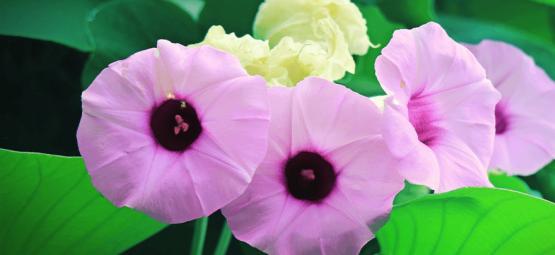
 1 min
26 July 2018
Meet Hawaiian Baby Woodrose: A Natural Psychedelic
LSA is an increasingly popular hallucinogen, and Hawaiian Baby Woodrose seeds are one of the best legal ways to get it. So what exactly are they? ...
1 min
26 July 2018
Meet Hawaiian Baby Woodrose: A Natural Psychedelic
LSA is an increasingly popular hallucinogen, and Hawaiian Baby Woodrose seeds are one of the best legal ways to get it. So what exactly are they? ...
Categories
-
Seed Shop
- Feminized Cannabis Seeds
- Autoflowering Cannabis Seeds
- Regular Cannabis Seeds
- F1 Hybrids
- CBD Seeds
- Zamnesia Seeds
- Top 10 Autoflowering Seeds
- Top 10 Regular Seeds
- Top 10 USA Cannabis Strains
- Top 10 Zamnesia Seeds
- Top 10 Feminized Seeds
- Beginner Strains
- Below 1% THC
- Classic Cannabis Strains
- Cup Winners
- F1 Hybrids
- Fast-Flowering Strains
- High CBD Strains
- High THC Strains
- Mix Packs
- Zamnesia Exclusive Collabs
- Amnesia Seeds
- Blueberry Seeds
- Cheese Seeds
- Diesel Seeds
- Gorilla Seeds
- Haze Seeds
- Kush Seeds
- Purple Seeds
- Skunk Seeds
- White Widow Seeds
- Northern Lights Seeds
- Granddaddy Purple Seeds
- OG Kush Seeds
- Blue Dream Seeds
- Lemon Haze Seeds
- Bruce Banner Seeds
- Gelato Seeds
- Sour Diesel Seeds
- Jack Herer Seeds
- Girl Scout Cookies Seeds (GSC)
- Wedding Cake Seeds
- Zkittlez Seeds
- Pineapple Express Seeds
- Chemdawg Seeds
- Hindu Kush Seeds
- Mimosa Seeds
- Zamnesia Seeds
- ACE Seeds
- Advanced Seeds
- Amsterdam Genetics
- Anesia Seeds
- Auto Seeds
- Barney's Farm
- Big Buddha Seeds
- Bomb Seeds
- BSB Genetics
- BSF Seeds
- Buddha Seeds
- Bulldog Seeds
- Cali Connection
- Cannarado Genetics
- CannaBioGen
- CBD Crew
- CBD Seeds
- Compound Genetics
- The Dank Seeds
- Dark Horse Genetics
- Delicious Seeds
- Devil Harvest Original
- Dinafem
- DNA Genetics
- Doctor's Choice
- Dr. Underground
- Dutch Passion
- Elite Seeds
- Eva Seeds
- Exotic Seed
- Expert Seeds
- FastBuds
- Female Seeds
- Fenocan
- Flash Auto Seeds
- French Touch Seeds
- Garden of Green
- GeneSeeds
- Genehtik Seeds
- G13 Labs
- Grass-O-Matic
- Greenhouse Seeds
- Grow Your Own (DNA)
- Growers Choice
- Homegrown Fantaseeds
- House of the Great Gardener
- Humboldt Seed Company
- Humboldt Seed Organization
- Kalashnikov Seeds
- Kannabia
- The Kush Brothers
- Light Buds
- Little Chief Collabs
- Medical Seeds
- Ministry of Cannabis
- Mr. Nice
- Nirvana Seeds
- Original Sensible
- Paradise Seeds
- Perfect Tree
- Pheno Finder
- Philosopher Seeds
- Positronics Seeds
- Purple City Genetics
- Pyramid Seeds
- Rare Dankness
- Reggae Seeds
- Reserva Privada
- Resin Seeds
- Ripper Seeds
- Royal Queen Seeds
- Sagarmatha Seeds
- Samsara Seeds
- Seedstockers
- Sensation Seeds
- Sensi Seeds
- Serious Seeds
- Silent Seeds
- Solfire Gardens
- Soma Seeds
- Spliff Seeds
- Strain Hunters
- Sumo Seeds
- Super Sativa Seed Club
- Super Strains
- Sweet Seeds
- TICAL
- T.H. Seeds
- Top Tao Seeds
- Vision Seeds
- VIP Seeds
- White Label
- World Of Seeds
- Zativo Seeds
- Seed Banks
-
Headshop
-
Vaporshop
-
Healthshop
-
Smartshop
- Top 10 Smartshop
- Zamnesia Gift Cards
- After Party
- Aphrodisiacs
- Aromatherapy
- Blue Lotus
- CBD Vape Juice
- Capsule Machines
- Crystals, Gemstones & Minerals
- Dream Herbs
- Drug Tests
- Extracts
- Happy Caps
- Herbal Tea
- Herbs & Seeds
- Incense
- Kanna
- Kratom
- LSA Seeds
- Mescaline Cacti
- Microdosing
- Nootropics
- Relaxing
- Salvia divinorum
- Smart Seeds
- Stimulants
- Supplements
- Tinctures
- Vape Herbs
-
Shroomshop
-
Growshop
- Top 10 Growshop
- Top 10 Plant Seeds
- All Seeds
- Cacti
- Chilli & Pepper Seeds
- Companion Plants
- Edible Plant Seeds
- Exotic Seeds
- Flower Seeds
- Fruit Seeds
- Herb Seeds
- Interior Plant Seeds
- Microgreens
- Psychoactive Plant Seeds
- Sprouting
- Vegetable Seeds
- Wellness Plant Seeds
- After Harvest
- Climate Control
- Fertilizer
- Grow Tents
- Harvest, Dry & Cure
- LED Grow Lights
- Plant Seeds
- Propagation
-
Merchandise
-
Sale section
Account
Information
Our Offers
Our website won't work without these cookies activated. Therefore functional cookies can't be disabled.















